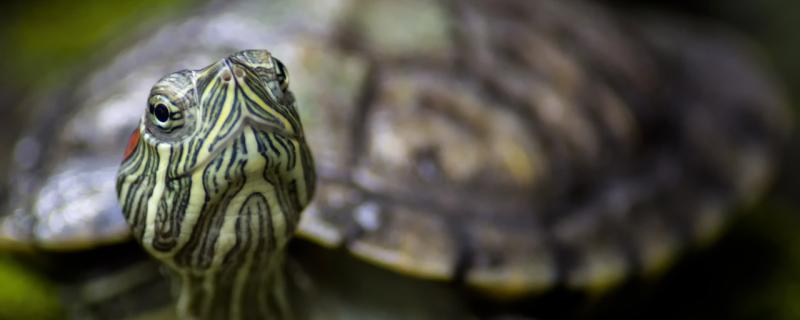
Brazilian tortoise? First, choose a glass tank with moderate height according to the size of the Brazilian tortoise. Put some stones at the bottom of the tank, so that the tortoise can get in and out freely. Place the glass tank to block the sun and ventilate well, preferably on the balcony, so that if the turtle wants to bask in the sun, it can climb out to bask in the sun. However, some protective measures should be taken to prevent the tortoise from falling from the balcony. Put some water in the tank, the water level should not be too high, not over the head of the Brazilian tortoise, just over the limbs.
This kind of tortoise has a high demand for water quality, so we should pay attention to changing water regularly, and the water quality is weak alkaline. This kind of turtle is not picky about food, but prefers meat and fresh food. It can feed some small fish and shrimps, water fleas, red nematodes, lean meat and viscera of animals, mollusks such as snail lions, crustaceans, etc. Pay attention to the safety and hygiene of food, and sterilize the food before feeding. For adult turtles, they can be properly fed some plant feed, millet, corn, rice, aquatic plants and so on, but also some vegetables, fruits and so on. Pay attention to the reasonable combination of food.
? The Brazilian tortoise is a kind of tortoise with large size, miscellaneous feeding habits and not easy to get sick. This kind of tortoise is lively and active by nature, sensitive to the sound and vibration of water, and timid, and will shrink into the water when frightened. This kind of tortoise is an aquatic tortoise. The Brazilian tortoise, which grows normally in the wild, likes to perch in clear ponds, bask in the sun, and float on the water to rest or wander in the water. Therefore, it is necessary to prepare a large glass tank and place it in a well-ventilated and well-lit place, but also prepare a shady place so that the Brazilian tortoise can not be exposed to the sun for too long. The activities of Brazilian red-eared turtles are mainly affected by the ambient temperature. The optimum temperature for raising them is 20-32 ℃. When the temperature is lower than 11 ℃, they will choose to hibernate.